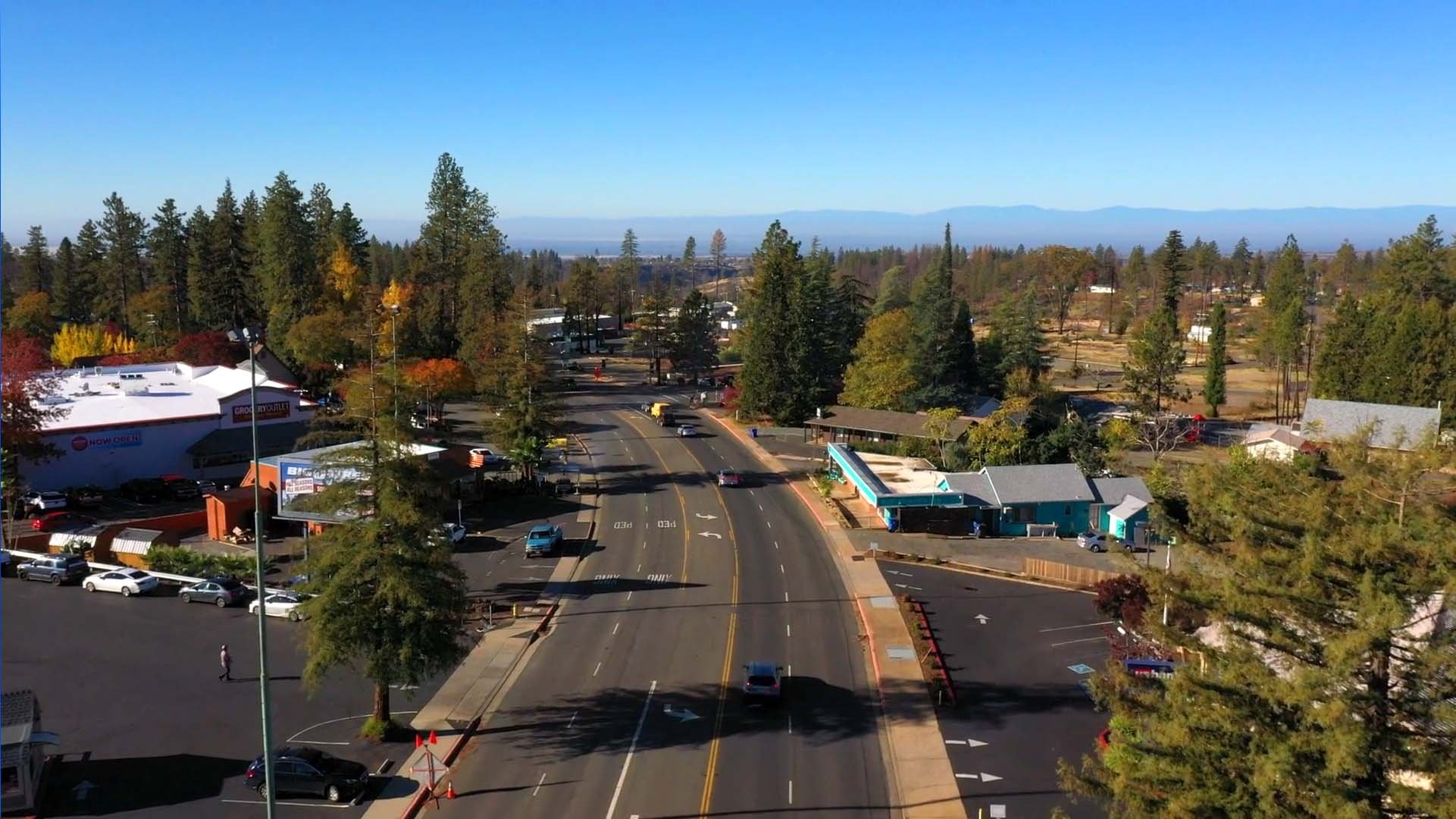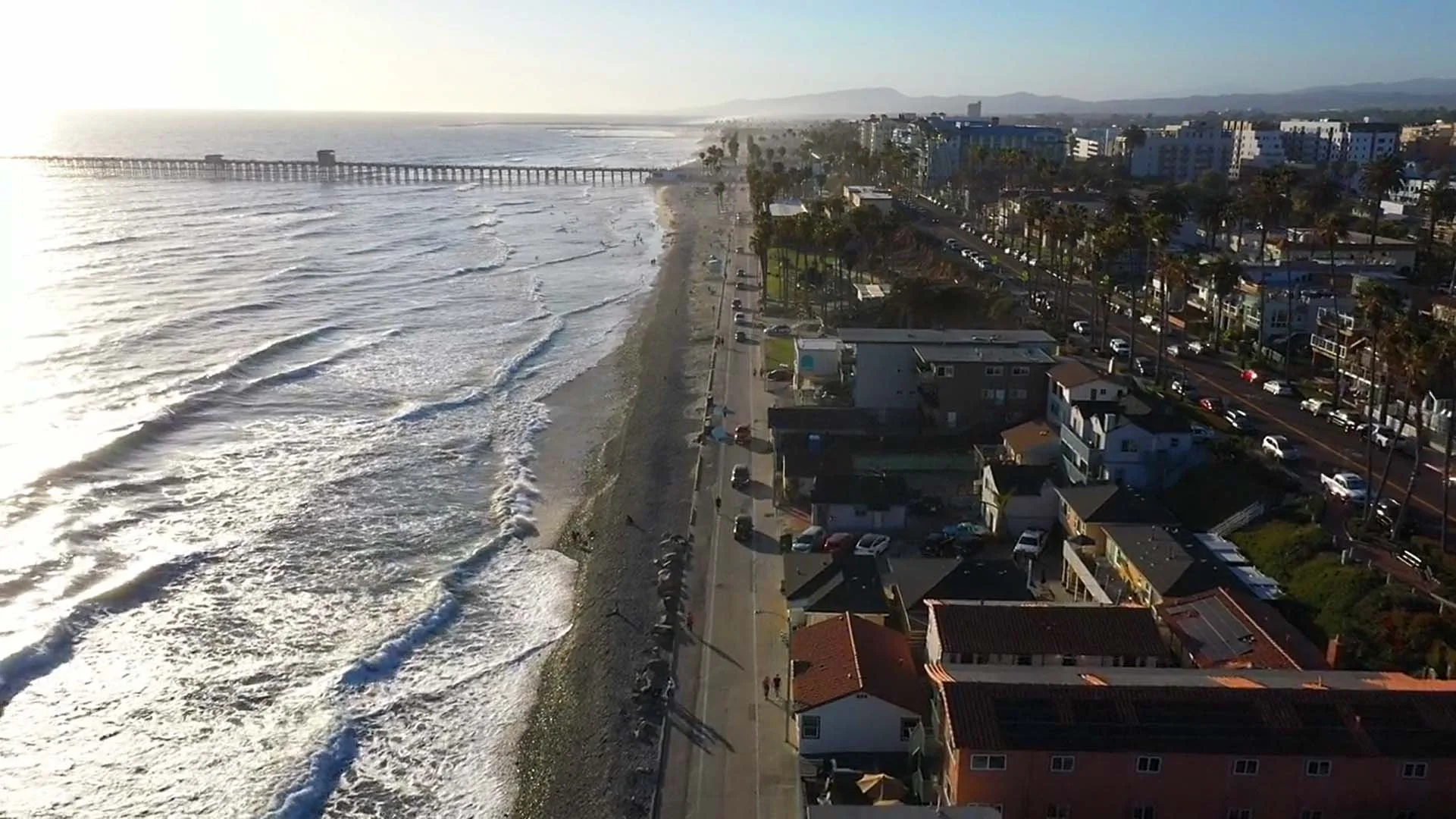Resilient Cities Catalyst’s California Resilience Partnership (CRP) have joined with The Resilience Shift to learn about and share real-life resilience stories, featuring CRP projects from across California. Our aim is to showcase best practices that explore how things might be done differently—as exemplified by three projects—and to understand the shift in perspective and in practice that is enabling this change.
California is at the frontline of many climate and resilience challenges experienced by communities worldwide. But it is also the home of innovations and sectors that are leading the way in building resilience to numerous shocks and stresses. Three projects led by CRP partners showcased below are creating innovative community-led solutions to challenges that will resonate with other communities around the world—with a focus on wildfire, sea level rise, and the global pandemic.
JUMP TO:
Building Resilience to Wildfires: A Nature-Led Approach
Like other regions around the globe, California now faces more frequent and destructive wildfires every year. These events are devastating to communities, causing tragic loss of life, destroying homes and critical infrastructure, and threatening natural ecosystems. If projections in the latest report by the Intergovernmental Panel on Climate Change (IPCC) hold true, communities could face much more destruction in the future.
As communities seek new approaches, there is an opportunity to rethink land use planning and relearn historic indigenous fire management practices that have allowed tribal communities to coexist with nature. Paradise, a town nestled in the foothills of the Cascade and the Sierra Nevada mountains, is at the forefront of this work. Here, after facing the devastating Camp Fire in 2018, the Paradise Parks and Recreation District is working with communities, Big Chico Creek Ecological Reserve, and The Nature Conservancy to test new ways to live with wildfire.
The District has turned to nature and forest stewardship to maintain forest health, protect itself from future fire risks, and heal the community. Nature-based solutions include using prescribed burns, maintaining a clean understory, and encouraging the growth of fire-resistant vegetation alongside creating risk reduction buffers. Positioning these buffers to consider geographic features and the natural behavior of fire can further protect the wildland-urban interface. Multiple partners have come together to put the region on a track that is thinking decades into the future. Instead of fire suppression alone, fire is accepted as a necessary and inevitable part of the landscape that can be proactively managed—learning from traditional indigenous practices such as prescribed burning.
There are lessons to be learned from Paradise for other communities. Nature can aid planning, be a source of healing, create jobs, and provide better access to communities.
Centering Communities in Preparing for an Uncertain Future
Since 2017, Ventura County has been at the epicenter of some of the biggest fires in California’s history, with vulnerable communities bearing disproportionate impacts. In particular, for more than 50,000 agricultural and outdoor workers supporting some of the state’s most productive lands, these wildfires created some of the harshest conditions that the region has seen in recent decades. These workers, many of whom are immigrants from Mexico, are the backbone of the region’s economy and essential to the food system.
Emerging from these events, the County realized there was an opportunity to strengthen its approach in advance of the next disaster. In 2019, taking the lessons learned from the Thomas and Woolsey fires, the County, in collaboration with community-based organizations, launched the Farmworker Resource Program (FRP), a test case for a collaborative approach–one that prioritizes communication, information, and relationship building. FRP helps to disseminate services to those who need them the most. This initiative aims to enable communities to access the support they need using data to facilitate a people centred disaster response, leaving no one behind.
This new model would soon be put to the test as the Covid-19 pandemic posed enormous economic and health challenges for workers and their families. FRP proved to be a critical tool in ensuring effective, efficient, and widespread distribution of essential resources to vulnerable communities during this crisis. It has been able to mobilize quickly by building on grassroots relationships, getting information and essentials out to the community, launching mobile vaccination sites, and using multilingual WhatsApp groups to send messages in real time. This integrated data-driven approach is strengthening partnerships with communities and contributing to the sustainability and long-term resilience of the agricultural sector, and can serve as a model for other municipalities.
As Ventura County prepares for whatever challenge lies ahead, it will continue to reflect and incorporate lessons learned in supporting communities.
Testing New Approaches to Protect Coastal Communities
Southern California’s coasts are on the frontline of climate change. The latest Intergovernmental Panel on Climate Change (IPCC) report confirmed that the region, like other coastal communities, will experience more frequent flooding and increased cliff, bluff, and beach erosion. With beaches and bluffs eroding at an annually accelerating rate, communities and the ecosystems they depend upon face significant risks.
A thriving coastal city, Oceanside is one of many cities battling to save its beaches from rising sea levels and erosion. After years of traditional planning and coastal management strategies, the City is now piloting a new approach.
In the summer of 2021, the Oceanside City Council voted to take action with a plan to stabilize its beach. The hope is that this process, and testing a new approach, will buy some time to plan for the future. The pilot approach aims to involve the community to protect community assets and co-develop a long-term sustainability strategy.
Every coastline and community is different: a solution that works well in one place may not be the best for another. But, other coastal communities facing similar challenges can learn from this process.
ABOUT
Video Production Team:
Eric Arthur Fernandez of Raffia Pictures (DP/Director) is an Emmy award-winning cinematographer and filmmaker who specializes in documentary and non-fiction films and television. He has worked on a wide variety of projects for the New York Times, PBS, VICE News Tonight on HBO, Hulu, The Guardian, National Geographic, Netflix and others.
Nick Curran (Editor) is a filmmaker and editor who focuses largely on local politics, communities, activism and social justice. His shooting and editing work for documentary and reporting has appeared on the New York Times, Teen Vogue, The Intercept, Topic, Means TV and PBS.
Loroto Productions (Post-production services) is a production company which excels at documentaries, music videos, branded content, event coverage, internal post-production, e-commerce and everything in between.
Resilient Cities Catalyst (RCC) drives catalytic change to help regions, cities, and partners solve their most pressing challenges. RCC works towards a vision where cities ensure that all residents, in particular, the most vulnerable, are safer, healthier and thriving in the face of everyday stresses, and are able to withstand and recover quickly after shocks.
RCC’s flagship resilience program, the California Resilience Partnership (CRP), is a statewide, multimillion-dollar public-philanthropic effort in coordination with a diverse set of organizations and stakeholders, along with participation by representatives of California State agencies, that is developing new partnerships to advance high-impact projects that tackle California’s complex resilience challenges in regions across the state.
The Resilience Shift’s (TRS) mission is to be the global hub for resilience best practice, accelerating critical infrastructure resilience across engineering and business sectors. It aims to influence policy makers and practitioners and empower them to shift their behaviours and implement innovative approaches to the commissioning, design and operation of infrastructure. It is part of a wider network of partners that are focused on the critical need to build resilience globally across all communities.












